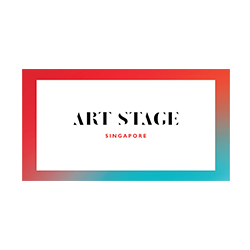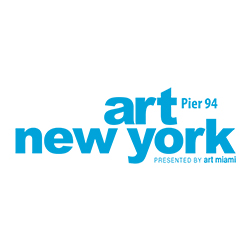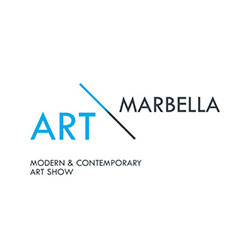Photographs and visual images as a starting point.
During the process, the expressive spirit that she wants to give each piece of artwork is central. Each work begins with meticulous, time-consuming hand-painted lines on Plexiglas. To make the unity play well together materials and the well-considered placement of them is crucial. This is a constant and intense changing process until that moment when everything perfectly and logically flows over into one another.
From her love of movement and change she sees working with different materials as a logical step. To play with light and shadow she makes use of layering and transparency combined with the different structures of materials. The background surface is a collage of carefully collected materials. Repetition and pattern are strong characteristic of her work. Beyel says: “There are recognizable patterns to be found in all forms of change’’.
Narrative work with women in the leading role!
The pure and contemporary ways in which the works are made reflect diverse emotions. Each work encompasses a personal motivation or dilemma and outlines properties which are essential for Beyel, this is not automatically clear to an outsider. The narrative is always present, therefore strong, elusive women are central in the leading role.
She sees it as a compliment when various people have different interpretations of her work. „I don’t like it to be able to pinpoint it in language. I wouldn’t see the point. The only effect is that it makes the work redundant which is disruptive for a piece of art. Often people just put a label on a work, so they don’t have to think about it again. I like my work to be ambiguous, puzzling. I enjoy the conundrum that you’ll never know my motivation. You can decide how to view my work – from afar, close up or you can go straight to the title, see it in the round. So in my work I hope that there’s a degree of openness in relation to interpretation or self-recognition”.
Personal Stimulation
With her work she subconsciously wants to move, excite and surprise the viewer with the interplay of images and materials, without the aesthetics appearing cold or indifferent, in contrast this extremely labor-intensive process it is seeking something personal. She wants her work to be accessible. It does not wish to be confrontational in its content. Beyel creates art to live with.
She indicates that she makes her best work when she is feeling confident, experiencing strong emotions, full of energy and a little upset. Time pressure is also positive. "Then I worry less about how something will be received. At those times I let myself be guided by my emotional state of mind."
Background Isabell Beyel
Born in 1968, Mönchengladbach (Germany) she grew up in the south of Limburg (The Netherlands). She studied law and after a professional career in human resources, she followed her heart by becoming into an autodidact artist.
It was in 2003 that Beyel decided to pursue her true passion and commenced working as a contemporary artist, initially using acrylic and oil paint. Her interest in photography is visible in her work and remains an important source of inspiration in each of her pieces. Beyel moved on from working with oil and acrylic paint and developed her work into a mixture of paint, found art and multi-media. It's with this style and form of 3D technique that she became successful.
In 2011 she was introduced at the TEFAF. This prominent platform lead to her international breakthrough and her work now frequents many other prestigious expositions and art fairs worldwide.




















